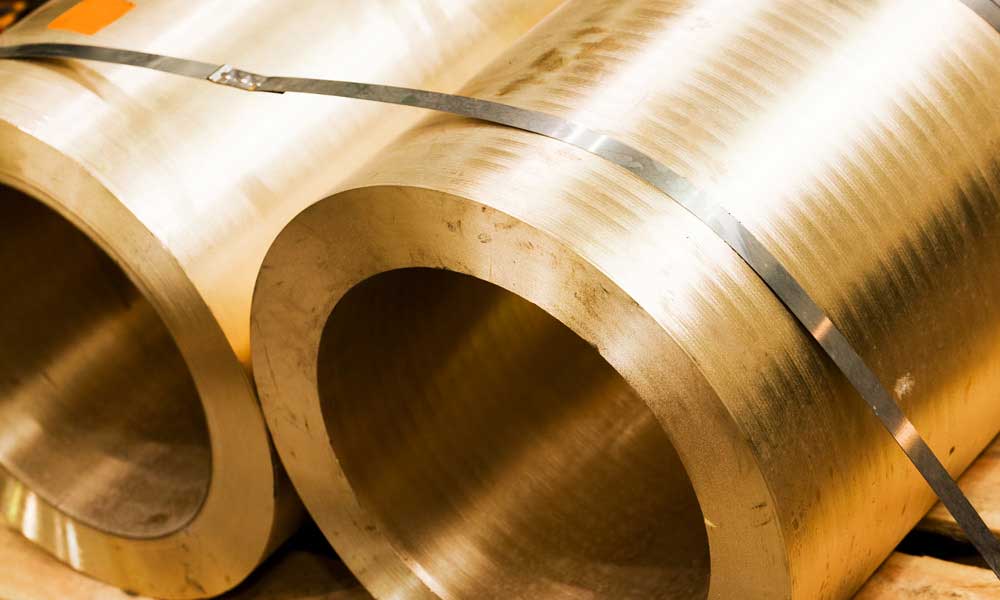Sintered refractory bricks are refractory materials produced through raw material crushing, molding, and high-temperature sintering. They possess high refractoriness, strength, and stability, and are widely used in high-temperature industrial fields such as metallurgy, building materials, and chemical engineering.
Sintered Fire Clay Refractory Bricks
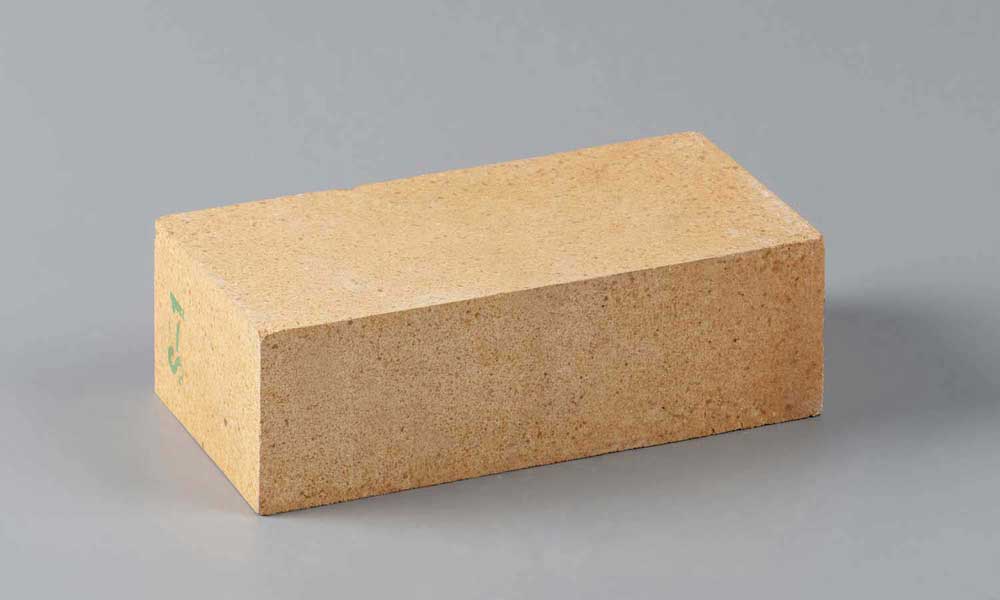
Characteristics:
- Mainly made from fire clay (with an Al2O3 content of 30%~45%), supplemented by a small amount of quartz sand, clinker, and other additives.
- Moderate refractoriness (1580~1770℃), relatively high room-temperature strength, good thermal shock resistance, and low cost.
- Strong resistance to acidic slag erosion, but weak resistance to alkaline slag erosion.
Main Applications:
- Used as linings for industrial kilns with a maximum operating temperature not exceeding 1400℃, such as boilers, heating furnaces, and annealing furnaces.
- Applied in low-temperature sections of equipment in the metallurgical industry (e.g., hot blast stoves of blast furnaces, coke ovens) and preheating zones of ceramic kilns.
Sintered High Alumina Refractory Bricks
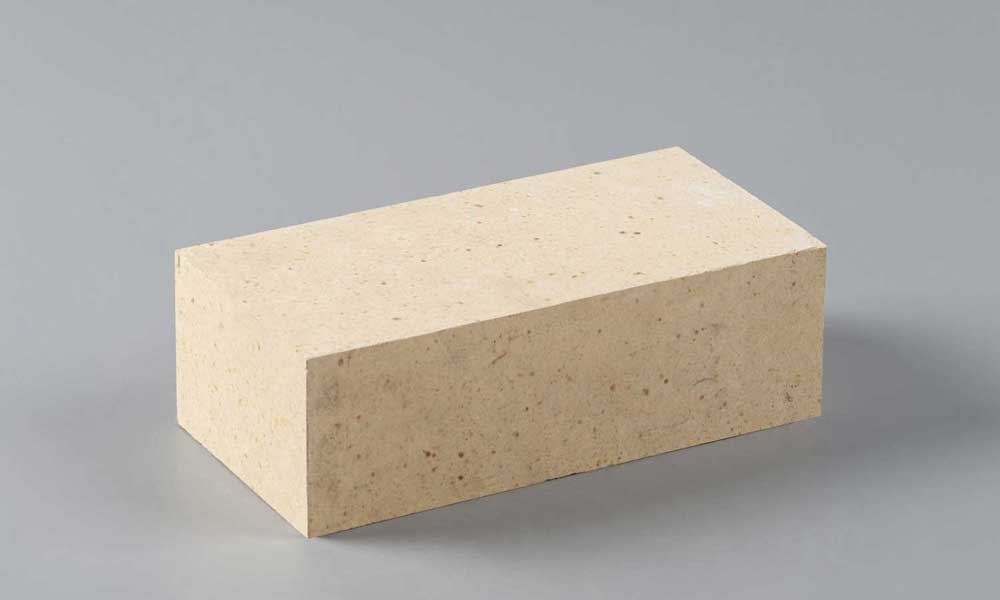
Characteristics:
- Mainly made from bauxite as the primary raw material, with an Al2O3 content ranging from 45% to 90%. They are classified into three categories based on Al2O3 content: low-alumina (45%~55%), medium-alumina (55%~75%), and high-alumina (75%~90%).
- High refractoriness (1770~2000℃), high high-temperature strength, and better slag resistance and wear resistance than fire clay bricks. However, their thermal shock resistance decreases slightly as the Al2O3 content increases.
- Cost is higher than that of fire clay bricks but lower than that of corundum bricks.
Main Applications:
- Metallurgical industry: Used as linings for blast furnaces, converters, and electric arc furnaces, as well as inner linings for ladles (steel ladles) and hot metal ladles.
- Building materials industry: Applied in the burning zone and transition zone of cement rotary kilns.
- Key parts of other high-temperature kilns (e.g., regenerators of glass furnaces).
Sintered Silica Refractory Bricks
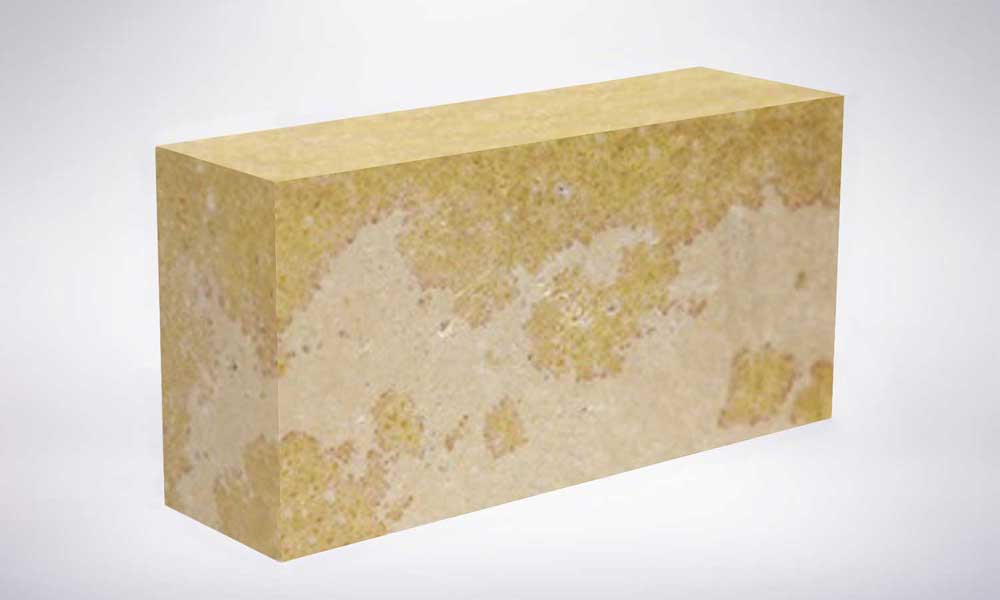
Characteristics:
- Mainly made from quartz sand or silica stone (with SiO2 content ≥ 93%), which is converted into tridymite and cristobalite after high-temperature sintering.
- Relatively high refractoriness (1690~1750℃), extremely strong resistance to acidic slag erosion, and good volume stability at high temperatures.
- Disadvantages include poor thermal shock resistance (due to high thermal expansion coefficient), relatively low room-temperature strength, and vulnerability to alkaline slag erosion.
Main Applications:
- Acidic industrial kilns, such as the coking chambers of coke ovens and silica brick regenerators.
- Vaults of open-hearth furnaces and acidic linings of electric steelmaking furnaces.
- Parts of glass furnaces that come into contact with acidic molten glass, such as furnace tank walls and throat spouts.
Sintered Magnesia Refractory Bricks

Characteristics:
- Mainly made from magnesite (with MgO content ≥ 80%) and formed through sintering.
- High refractoriness (above 2000℃), extremely strong resistance to alkaline slag erosion, and good high-temperature strength.
- Disadvantages include poor thermal shock resistance (due to a high thermal expansion coefficient), vulnerability to acidic slag erosion, and relatively high brittleness at room temperature.
Main Applications:
- Metallurgical industry: Used as linings for converters and electric furnaces (especially alkaline steelmaking furnaces), and as the slag line section of ladles.
- Inner linings of non-ferrous metal smelting kilns (e.g., lead-zinc smelting furnaces).
- Burning zone of cement rotary kilns (used in combination with high-alumina bricks).
Sintered Magnesia Alumina Refractory Bricks
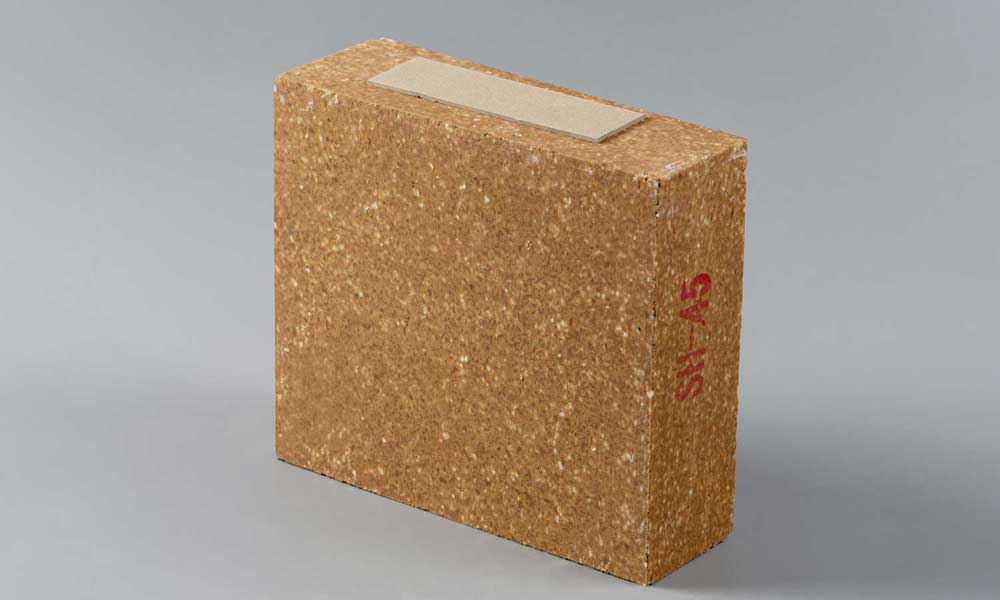
Characteristics:
- Manufactured using magnesia and bauxite as raw materials, with a composition of 60%~80% MgO and 10%~30% Al2O3, and forming a magnesia-alumina spinel (MgAl2O4) phase during sintering.
- Integrate the alkali resistance of magnesia bricks and the thermal shock resistance of high-alumina bricks, and exhibit better high-temperature strength and slag resistance than pure magnesia bricks.
- The cost is higher than that of magnesia bricks but lower than that of magnesia-chrome bricks.
Main Applications:
- Used as linings and slag line sections of converters and electric furnaces, especially suitable for slag environments with high FeO content.
- Applied in the burning zone of cement rotary kilns, non-ferrous metal smelting furnaces, and other high-temperature equipment.
Sintered Magnesia Chrome Refractory Bricks
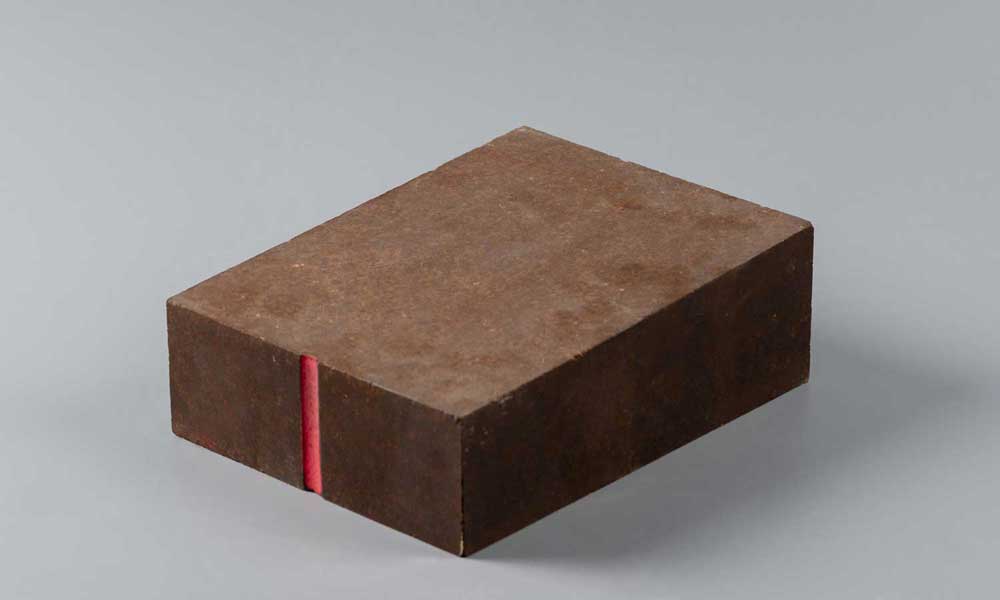
Characteristics:
- Produced using magnesia and chromite as raw materials, containing 40%~60% MgO and 15%~30% Cr2O3, which form stable solid solutions at high temperatures.
- Exhibit extremely strong resistance to alkaline slag and molten metal erosion, with excellent high-temperature stability and outstanding wear resistance.
- Disadvantages include moderate thermal shock resistance, and potential environmental issues caused by chromium (hexavalent chromium pollution), leading to restricted use in some regions.
Main Applications:
- Regenerators and tank walls (parts in contact with molten glass) of glass furnaces.
- Non-ferrous metal smelting furnaces (e.g., converters for copper and nickel smelting), burning zones of cement rotary kilns, etc.
Sintered Carbonaceous Refractory Bricks
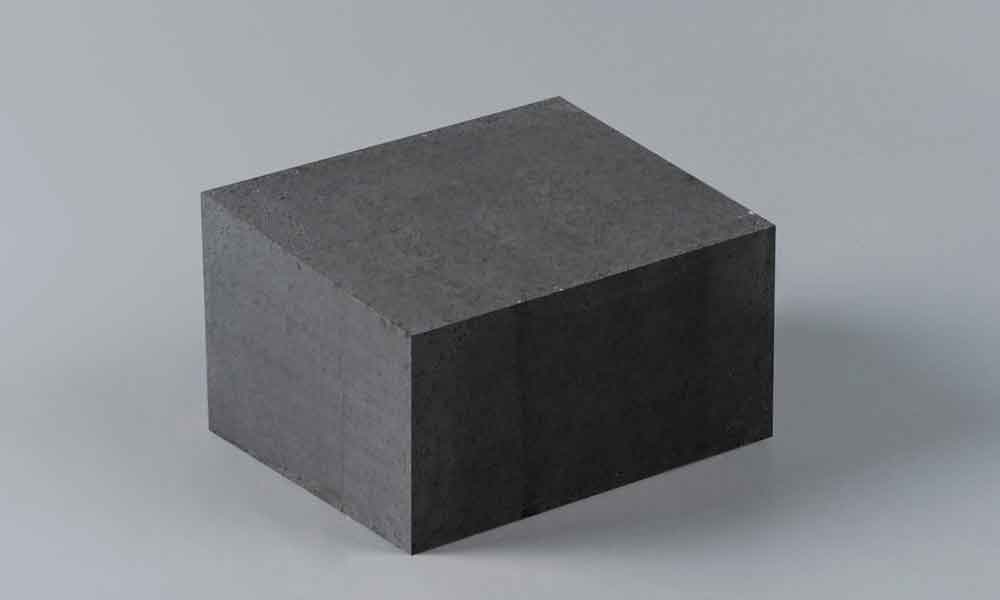
Characteristics:
- Mainly composed of carbon-based raw materials such as graphite and coke, with a carbon content of 80%~95%. Antioxidants like silicon and aluminum are often added.
- Possess extremely high heat resistance (the refractoriness of pure carbon reaches 3500℃), good thermal conductivity, and strong resistance to erosion by metals and molten slag.
- Disadvantages include high oxidizability (requiring use in a reducing atmosphere or under coating protection) and moderate thermal shock resistance.
Main Applications:
- Hearth and bottom of blast furnaces (subjected to long-term erosion by hot metal and slag).
- Inner linings of aluminum electrolytic cells, bottoms of calcium carbide furnaces, etc.
| Brick Type | Refractoriness | Chemical erosion | TSR | Application |
| Silica Brick | 1670-1730 | Good Acid Erosion Resistance Weak Alkali, Erosion Resistance | Poor | Open-hearth Furnace, Regenerator of Glass Furnace |
| Chamotte Brick | 1580-1770 | Medium Acid Erosion Resistance Weak, Alkali Erosion Resistance | Medium | Boiler, Preheater of Cement Kiln |
| High Alumina Brick | 1800-2000 | Good Acid & Alkali Erosion Resistance, | Medium | Electric Arc Furnace (EAF), Burning Zone of Cement Kiln |
| Magnesia Brick | 1800-2800 | Good Acid Erosion Resistance Weak Alkali, Erosion Resistance | Poor | Converter, Lining of Ladle |
| Magnesia Alumina Brick | 1750-1900 | Good Alkali Erosion Resistance | Good | Waste Incinerator, Burning Zone of Cement Kiln |
The performance differences among different sintered refractory bricks mainly stem from their raw material compositions (e.g., contents of Al2O3, MgO, and SiO2). Their application scenarios should be selected based on factors such as the kiln’s temperature, atmosphere (acidic/alkaline), and contact media (slag, molten metal). For instance, silica bricks are preferred for acidic environments, magnesia or magnesia-alumina bricks for alkaline environments, and carbon bricks or high-alumina bricks for high-temperature conditions requiring resistance to metal erosion. With the increasing stringency of environmental requirements, magnesia-chrome bricks are gradually being replaced by materials such as magnesia-alumina spinel bricks.

